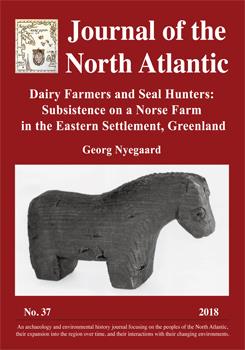BioOne.org will be down briefly for maintenance on 14 May 2025 between 18:00-22:00 Pacific Time US. We apologize for any inconvenience.
No. 37: Dairy Farmers and Seal Hunters: Subsistence on a Norse Farm in the Eastern Settlement, Greenland

No abstract available
No abstract available
